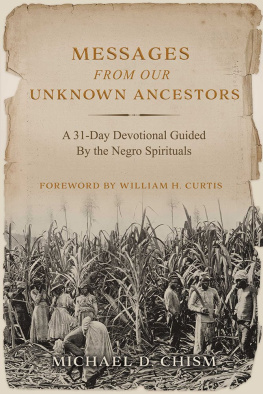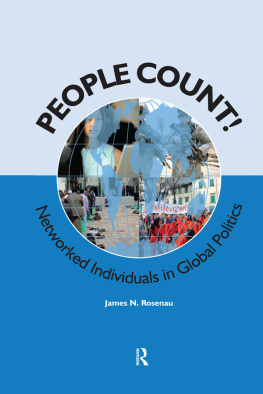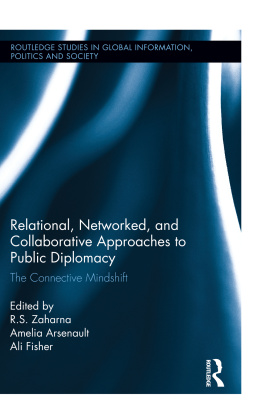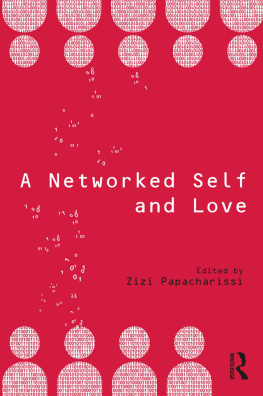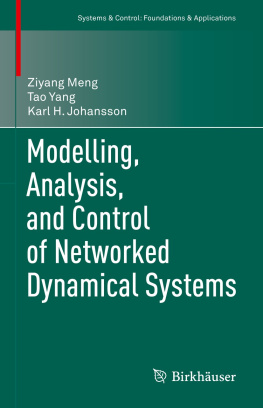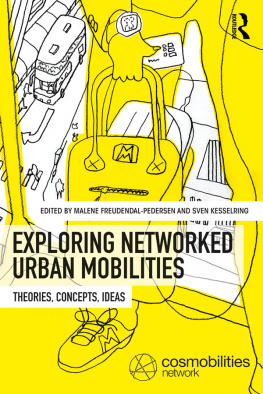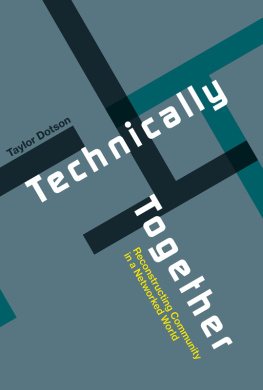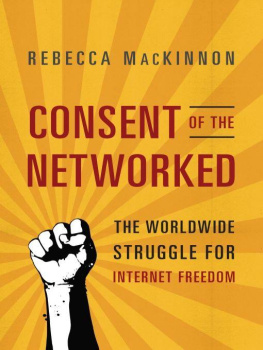Ananny - Networked press freedom: creating infrastructures for a public right to hear
Here you can read online Ananny - Networked press freedom: creating infrastructures for a public right to hear full text of the book (entire story) in english for free. Download pdf and epub, get meaning, cover and reviews about this ebook. publisher: MIT Press, genre: Politics. Description of the work, (preface) as well as reviews are available. Best literature library LitArk.com created for fans of good reading and offers a wide selection of genres:
Romance novel
Science fiction
Adventure
Detective
Science
History
Home and family
Prose
Art
Politics
Computer
Non-fiction
Religion
Business
Children
Humor
Choose a favorite category and find really read worthwhile books. Enjoy immersion in the world of imagination, feel the emotions of the characters or learn something new for yourself, make an fascinating discovery.

Networked press freedom: creating infrastructures for a public right to hear: summary, description and annotation
We offer to read an annotation, description, summary or preface (depends on what the author of the book "Networked press freedom: creating infrastructures for a public right to hear" wrote himself). If you haven't found the necessary information about the book — write in the comments, we will try to find it.
Ananny: author's other books
Who wrote Networked press freedom: creating infrastructures for a public right to hear? Find out the surname, the name of the author of the book and a list of all author's works by series.
Networked press freedom: creating infrastructures for a public right to hear — read online for free the complete book (whole text) full work
Below is the text of the book, divided by pages. System saving the place of the last page read, allows you to conveniently read the book "Networked press freedom: creating infrastructures for a public right to hear" online for free, without having to search again every time where you left off. Put a bookmark, and you can go to the page where you finished reading at any time.
Font size:
Interval:
Bookmark:
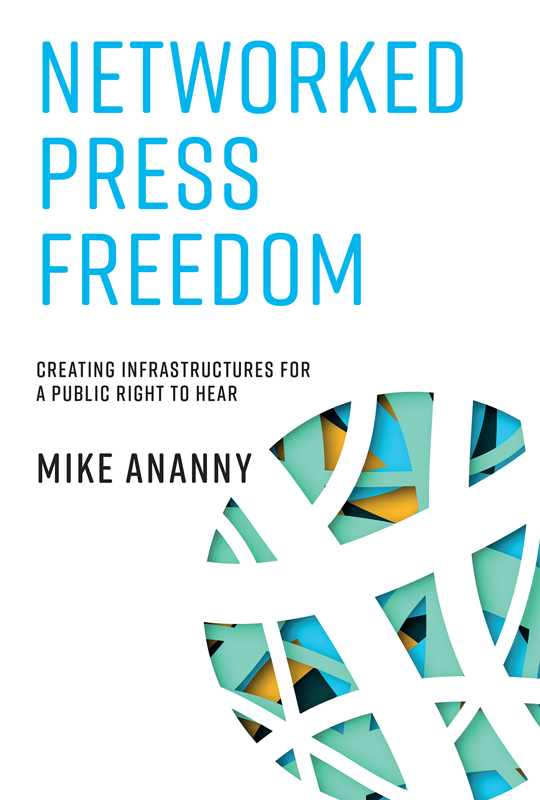
Networked Press Freedom
Creating Infrastructures for a Public Right to Hear
The MIT Press
Cambridge, Massachusetts
London, England
2018 Massachusetts Institute of Technology
All rights reserved. No part of this book may be reproduced in any form by any electronic or mechanical means (including photocopying, recording, or information storage and retrieval) without permission in writing from the publisher.
This book was set in Stone Serif by Westchester Publishing Services. Printed and bound in the United States of America.
Library of Congress Cataloging-in-Publication Data
Names: Ananny, Mike, author.
Title: Networked press freedom : creating infrastructures for a public right to hear / Mike Ananny.
Description: Cambridge, MA : The MIT Press, 2018. | Based on authors thesis (doctoral - Stanford University, Department of Communication, 2011) issued under title: A new way to think about press freedom : networked journalism and a public right to Hear in the Age of Newsware | Includes bibliographicalreferences and index.
Identifiers: LCCN 2017038906 | ISBN 9780262037747 (hardcover : alk. paper)
Subjects: LCSH: Freedom of the press. | Online journalism. | Digital media--Law and legislation. | Social media--Law and legislation.
Classification: LCC K3255 .A958 2018 | DDC 342.08/53--dc23 LC record available at https://lccn.loc.gov/2017038906
Freedom is what you do with whats been done to you.
Jean-Paul Sartre
Contents
- List of Table
- Elements of press autonomy: Tracing autonomy through configured dependencies
Acknowledgments
This book has been a long time in the making, and although all of its errors are mine alone, I am deeply indebted to many people and institutions for helping it see the light of day. First, I want to thank the MIT PressMargy Avery for first acquiring this project, Gita Manaktala for seeing it to completion, and Deborah Cantor-Adams and the entire editorial and production team. I am especially grateful for Gitas patience and supportive guidance as the project took shape and am deeply appreciative of her work as an editor and expert publisher. I am also grateful to the four anonymous reviewers who generously and thoughtfully helped me to improve the book in its final stages.
Although it has been entirely rewritten and updated, this project began as my doctoral dissertation in Stanford Universitys Department of Communication. I was fortunate to have as my adviser the indefatigably generous, inquisitive, and supportive Ted Glasser. In one of our first meetings, he taught me that any good project should be able to answer the questions What is it? and Why does it matter? With that deceptively simply starting point, he showed me how to be a scholar and how to think about journalism and the press in ways that are both critical and optimistic. I am grateful for his ongoing guidance and friendship. Similarly, Fred Turner was a member of my dissertation committee, a generous mentor, and a wise guide through the theories of science and technology studies that underpin this book. He taught me to think about technology and culture as intertwined, inseparable forces and pushed me to see news production as a world of contingencies, ideologies, and power struggles. I am also indebted to my other committee membersJeremy Bailenson, S. Lochlann Jain, and Barbara van Schewickwho were supportive and thoughtful as I developed these ideas. My time at Stanford also was greatly enriched through an early relationship with the Stanford Center on Philanthropy and Civil Society (PACS), especially its faculty codirectors, Woody Powell and Rob Reich. Woody was the best mentor I could have hoped to have on questions of institutional sociology and organizational dynamics but also on ways to craft a project that was interdisciplinary and engaged with multiple communities of scholarship. Similarly, Rob helped me appreciate the broader ethical implications of the questions I was asking, gently forcing me to translate my work in different ways so it might speak to people concerned with civil society writ large, not just journalism. I am grateful for the community that they and the PACS students created; they became my indispensable, interdisciplinary, informal sounding board. At Stanford and in San Francisco, I was grateful for the friendship and camaraderie of Isabel Awad, Scott Cataffa, Jeannette Colyvas, Vince Fecteau, Seeta Pea Gangadharan, Janet Go, Dan Kreiss, Lise Marken, and Kat Murray.
While at Stanford, I was generously supported by a multiyear scholarship from the Pierre Elliott Trudeau Foundation. First welcomed into the Foundation by Bettina Cenerelli, Jose St-Martin, and Stephen Toope and later P. G Forest, it quickly became a key part of my professional network, a place for smart and kind feedback, and my Canadian touchstone. Through it, I met many friends and colleagues, including Jill Boyd, Lisa Freeman, Lisa Helps, Kate Hennessy, Myles Leslie, Leah Levac, Taylor Owen, Kate Parizeau, Chris Tenove, and many more. Directly and indirectly, the Foundation and its members intellectually framed this project.
Since leaving Stanford, I have been fortunate to be part many different communities that have made this work much stronger, either by engaging with it directly or providing social and intellectual homes where I could make connections, learn new literatures, and better understand how to do interdisciplinary scholarship. I am especially grateful to Microsoft Research New Englands Social Media Collective. Founded by long-time friend, activist/scholar, and ongoing field guide danah boyd, the group has convened some of the finest minds in many different fields, many of which I was able to work with closely and continue to call good friends. In addition to a stellar set of people I overlapped withNancy Baym, Nicole Ellison, Eszter Hargittai, Cliff Lampe, Jessica Lingel, and Jason Schultzseveral Collective folks stand out as key for this work. As a fellow postdoc, Alice Marwick was a fellow traveler in all things Microsoft and a keenly critical scholar who patiently explained myriad popular culture phenomena, and helped me understand how to write a book. I am grateful to Mary Gray for reminding me to foreground the people in my research by highlighting them, their experiences, and their expectations and contexts amid often abstract talk of technology and institutions. Tarleton Gillespie showed me how to look at a sociotechnical phenomenon from more analytical angles than I knew existed and has generously helped me puzzle through a host of questions related to platforms, algorithms, and journalism. Kate Crawford has been a consistently engaged and generous collaborator, helped me think about the ethics, histories, and politics of my research, and served as a key interlocutor for many of this books ideas.
As a place to hone my thinking about the networked press, I could not have landed at a better institution than the University of Southern Californias Annenberg School for Communication and Journalism. Its facultyespecially Jonathan Aronson, Francois Bar, Christina Dunbar-Hester, Tom Goodnight, Larry Gross, Henry Jenkins, Gabe Kahn, Andy Lakoff, Colin Maclay, and Allison Tropeare world-class collaborators and mentors. In particular, I thank Sarah Banet-Weiser and Christina Dunbar-Hester for their ongoing support, friendship, and good humor; they helped me remember the value of this project and provided me with the perspectives and resources I needed to see it through. I have also been fortunate to work with some of the finest doctoral students in the fieldespecially Leila Bighash, Renyi Hong, Cynthia Wang, and Sarah Meyers Westwho have provided feedback on these ideas at various stages of their development. And special thanks go to Kate Miltner, who read the manuscript, caught many mistakes, provided constructive feedback, and helped me hone my thinking in several places. Annenberg staff members Allyson Arguello, Jordan Gary, Sarah Holterman, Christine Lloreda, and Billie Shotlow were also extremely helpful with various parts of this projects logistics and administration.
Font size:
Interval:
Bookmark:
Similar books «Networked press freedom: creating infrastructures for a public right to hear»
Look at similar books to Networked press freedom: creating infrastructures for a public right to hear. We have selected literature similar in name and meaning in the hope of providing readers with more options to find new, interesting, not yet read works.
Discussion, reviews of the book Networked press freedom: creating infrastructures for a public right to hear and just readers' own opinions. Leave your comments, write what you think about the work, its meaning or the main characters. Specify what exactly you liked and what you didn't like, and why you think so.

